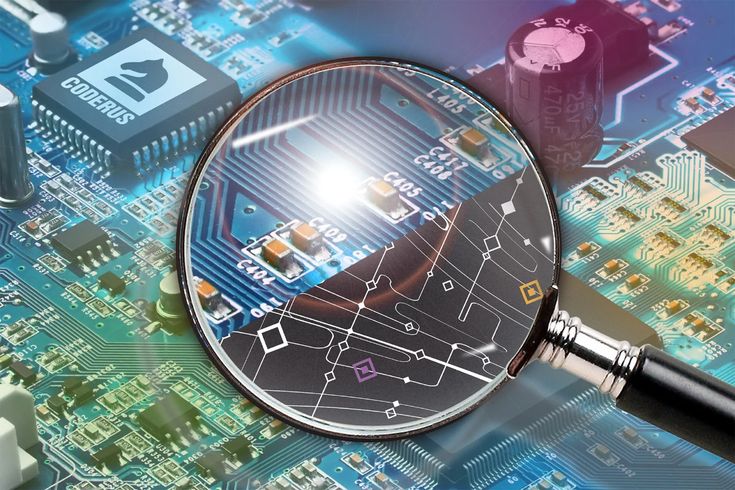Embedded systems are the invisible heroes of modern technology, powering everything from smart home devices and medical equipment to automobiles and industrial machinery. While hardware often takes the spotlight, the software running these systems is just as critical. Whether you’re an aspiring embedded systems engineer or just curious, understanding the key software used in embedded development is essential.
Let’s explore the important software tools and environments that drive embedded systems.
Understanding Embedded Systems Software
Embedded systems combine hardware and software to perform dedicated tasks. Unlike general-purpose computers, they are optimized for specific functionalities, often with limited resources and real-time constraints. The software is designed to be efficient, reliable, and responsive.
There are several categories of software involved in embedded systems development:
1. Operating Systems (RTOS)
While some simple embedded systems run without an OS, complex systems often rely on a Real-Time Operating System (RTOS) to manage tasks efficiently.
-
FreeRTOS
Lightweight, open-source, and widely used in IoT and embedded applications. -
VxWorks
Known for its reliability in aerospace, defense, and industrial automation. -
Zephyr
Scalable RTOS for resource-constrained devices, supported by the Linux Foundation.
2. Compilers and Toolchains
Compilers convert human-readable code into machine language. For embedded development, you need compilers that generate optimized code for specific microcontrollers.
-
GCC (GNU Compiler Collection)
Popular, open-source, and supports a wide range of architectures. -
Keil MDK
Widely used for ARM Cortex-M based microcontrollers. -
IAR Embedded Workbench
Known for highly optimized code generation and debugging tools.
3. Integrated Development Environments (IDEs)
IDEs provide a comprehensive environment for writing, testing, and debugging embedded software.
-
STM32CubeIDE
Ideal for STM32 microcontrollers with powerful code generation features. -
Atmel Studio (Microchip Studio)
Perfect for AVR and SAM microcontrollers. -
Eclipse IDE
Open-source and highly extensible for embedded development.
4. Debugging and Simulation Tools
Debugging is a crucial part of embedded development due to the lack of user-friendly interfaces.
-
JTAG and SWD Debuggers
Hardware-based debugging tools like ST-LINK or Segger J-Link. -
QEMU
Emulator that helps test embedded systems software without hardware. -
Tracealyzer
Visualizes runtime behavior of embedded systems for better debugging.
5. Middleware and Libraries
Middleware simplifies complex functionalities like connectivity and cryptography.
-
LWIP (Lightweight IP)
For TCP/IP networking in embedded systems. -
mbedTLS
Lightweight cryptographic library for securing embedded communications. -
CMSIS (Cortex Microcontroller Software Interface Standard)
Simplifies software reuse and accelerates development for ARM processors.
6. Version Control Systems
Managing embedded software projects requires good version control.
-
Git
The most widely used system for tracking changes in your source code. -
GitHub/GitLab/Bitbucket
Platforms for collaboration and version control management.
Conclusion
Embedded systems development is a multidisciplinary field where the right software tools can make a significant difference. Whether it’s selecting a powerful IDE, mastering a reliable RTOS, or using efficient debugging tools, each software component plays a vital role in bringing embedded solutions to life.
If you’re stepping into this exciting domain, start by exploring these tools and gradually build your expertise. With practice and curiosity, you’ll be well on your way to developing smart, responsive embedded systems!

